As the sun dipped below the horizon, a chill settled in the air. The crackling of the campfire was reassuring but the dropping temperature made it challenging. The challenge of camping in 30-degree weather awaited.
To camp in 30-degree weather, use a thick sleeping mattress with insulation underneath like foam tiles or blankets. A mummy bag inside a square sleeping pad provides extra warmth, and a ground tarp doesn’t add heat.
In this adventure, we’ll uncover the secrets to staying warm, cozy chilly if the weather on the campground ever drops to 30 degrees. When the mercury drops to 30 degrees, camping takes on a whole new level of seriousness. It’s the kind of cold that can pose real risks if you’re not properly equipped. In such conditions, your survival hinges on three critical elements: clothing, shelter, and sleep.
Let’s delve into each of these vital aspects.
What to Wear While Camping in 30-Degree Weather
For cold-weather camping, layering is essential. Begin with a moisture-wicking base layer to stay dry, avoiding cotton. Over that, add insulating materials like fleece, wool, or sweatpants for warmth, and feel free to pile on more layers for comfort.
Finally, shield yourself from the elements with waterproof and windproof pants and a jacket, and don’t forget essential accessories like a beanie and gloves, preferably GORE-TEX for added protection.
Here’s a glimpse of the layering system that can serve you well on your trip.
- Thermal base-layer bottoms: Invested in dual-layer synthetic thermals (Coldpruf brand), which, though a bit pricey, were worth every penny. They excel at keeping you warm without the need for excessive layering.
- Sweat pants for indoor comfort: Inside the tent, I paired the base layer with simple sweat pants for a cozy sleep setup.
- Insulated running pants for outdoor ventures: When venturing outside, I turned to running pants with an insulated fleece layer, particularly ones with a windbreaker outer shell to combat the chill.
- Socks: Get thick Merino wool socks from REI, managing with just one pair but carrying a spare for added warmth if needed.
- Upper Body:
- Polyester base layer: A medium-thick, long-sleeve 100% polyester shirt from Costco served as my base layer, though it had a downside of quick odor buildup.
- Additional cotton long-sleeve shirt: Over the polyester base layer, I wore a regular cotton long-sleeve shirt. It wasn’t particularly thick but provided an extra layer of insulation.
- Fleece jacket: An old fleece pullover jacket (similar to AmazonBasics options) proved to be my secret weapon. It’s essential that this jacket covers up to your chin for added comfort. If not, a scarf or neck covering can make a significant difference.
- Hoodie pullover: To top it off, I wore a large hoodie for that extra coziness. It may sound like overkill, but it was the final touch that allowed me to comfortably endure the cold and even sit outside without losing too much heat.
Tent for Camping in 30-degree Weather
Selecting the right tent is crucial for comfortable 30-degree camping, and a reliable 4-season tent is an excellent choice. Controlling condensation, particularly from body heat and breath, is key in cold-weather camping. A 4-season tent allows you to regulate moisture by slightly opening windows or doors while staying warm in your sleeping bag, preventing unpleasant surprises like waking up to ice inside your tent.
Opt for a shorter tent as it retains heat more efficiently than taller ones. A smaller, shorter tent is ideal for cold weather as it heats up faster. Consider a tent one person larger than needed for extra gear space. In wet or snowy conditions, a tent with a quality rainfly offers wind and moisture protection along with vestibules for storage.
A three-person tent is usually sufficient. Regarding tent construction, single-wall tents are lightweight but provide less protection, while double-wall tents offer added protection and ventilation, making them suitable for cold-weather camping, unless facing extreme conditions like mountaineering where a double-wall tent is necessary.
Sleeping in 30-degree Weather
Sleeping Bags Rated Around +5°F: Choose sleeping bags with a temperature rating of around +5°F to ensure warmth in 30-degree weather. Brands like Teton offer budget-friendly options known for their effectiveness and excellent customer support.
Quality Sleeping Pads: Invest in quality sleeping pads like the Klymit V, known for its quick inflation and reasonable comfort. While it’s not explicitly insulated, it has proven to provide adequate insulation for cold-weather camping.
Insulating Foam Pads: Consider using cheap blue foam roll-out pads, available at Walmart, as an additional layer underneath your air pads. This can enhance insulation and help maintain warmth.
Extra Blankets: It’s a good practice to bring extra blankets for added warmth and comfort. They can serve as backup if needed, providing an extra layer of insulation to keep you cozy during cold nights.
Cold Weather Camping Tips
When you’re out in the wild, the temperature isn’t under your control. To stay warm, remember:
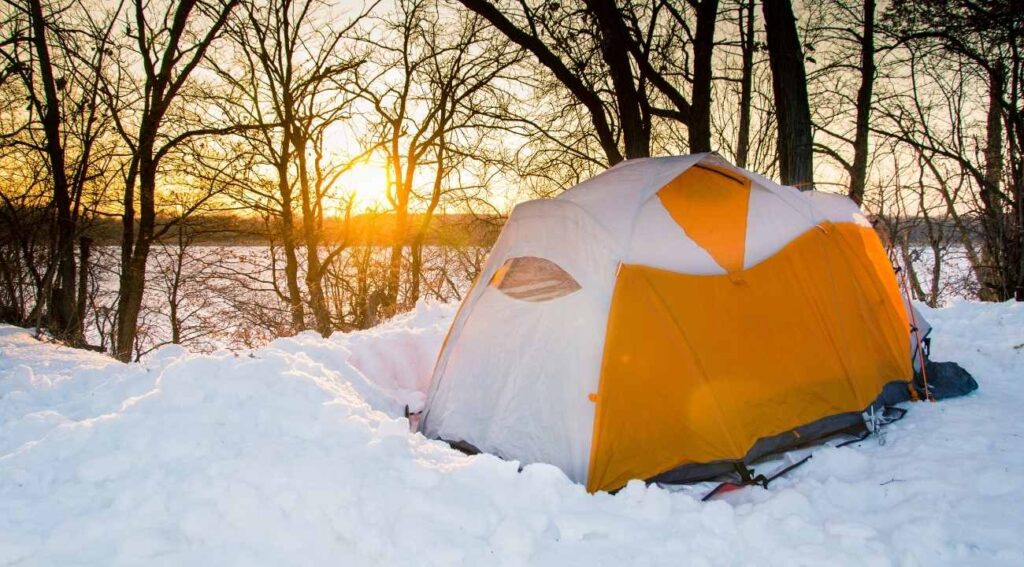
- Know Your Sleep Style: Are you naturally chilly or warm? Consider this when preparing.
- Bag Temperature Ratings Aren’t Universal: If you’re a cold sleeper, go for a bag rated at least 10°F lower than the expected low temperature.
- Get a Well-Fitting Bag: Proper fit is key; too big or too small can make you less cozy. Fill extra space with clothes or warm water bottles.
- Bag Liner: Boost warmth with a liner, adding 5-17°F of heat.
- Layer Up: Wear lots of layers, especially around your core. Remove some if you get too hot.
- Ventilate Wisely: Don’t overheat; vent your bag or remove layers if needed.
- Dry Feet: Keep feet dry with dry sleeping socks.
- Wear a Cap: A hat retains 40-50% of body heat.
- Hydrate and Eat: Stay warm by consuming calories and keeping hydrated.
- Ventilate Your Tent: Prevent condensation by keeping your tent ventilated.
- Insulate from Below: A good sleeping pad is crucial; closed-cell foam is better than air mattresses.
- Dry Your Bag: Roll moisture out and let it cool to air temperature before storing.
- Avoid Tent Walls: Keep your sleeping bag from touching cold tent walls.
- Keep Your Face Out: Prevent moisture buildup by keeping your face outside the bag.
- Warm-Up First: Do some light exercises to warm up before bed. And share body heat as camping buddies mean more warmth.
Frequently Asked Questions
How do you sleep in a tent in 30-degree weather?
To stay cozy when camping in 30-degree temperatures, you should bring a sleeping bag that’s designed for temperatures as low as 5 degrees Fahrenheit. Don’t forget a high-quality sleeping mat for insulation. Dress in layers, starting with a base layer, and add at least two more layers of clothing. Finish with a warm jacket and thick wool socks on the outside to keep warm.
What’s Considered Too Cold for Tent Camping?
Camping experts generally find temperatures at or below 40°F (4°C) to be uncomfortable for tent camping. At 40°F, you’ll begin to feel the cold, although it may not be unbearable. To stay comfortable, it’s advisable to have a warm coat and a cozy sleeping bag ready for such chilly conditions.
Can you sleep in a tent at 32 degrees?
Get a sleeping bag that’s good for colder weather than what you’ll camp in. For example, if it’s going to be 32 degrees outside, your sleeping bag should keep you cozy in temperatures between 12 and 22 degrees. It’s a good idea to have a slightly bigger sleeping bag.

William Arrovo seeks thrills and laughter in everything he comes across. He is a fun loving person with a zest of exploring the breathtaking places around the globe. He feels content in sharing his experiences of travelling to various countries. He is grateful about enriching himself with a myriad of cultures and rejuvenating his soul while staying outdoors.

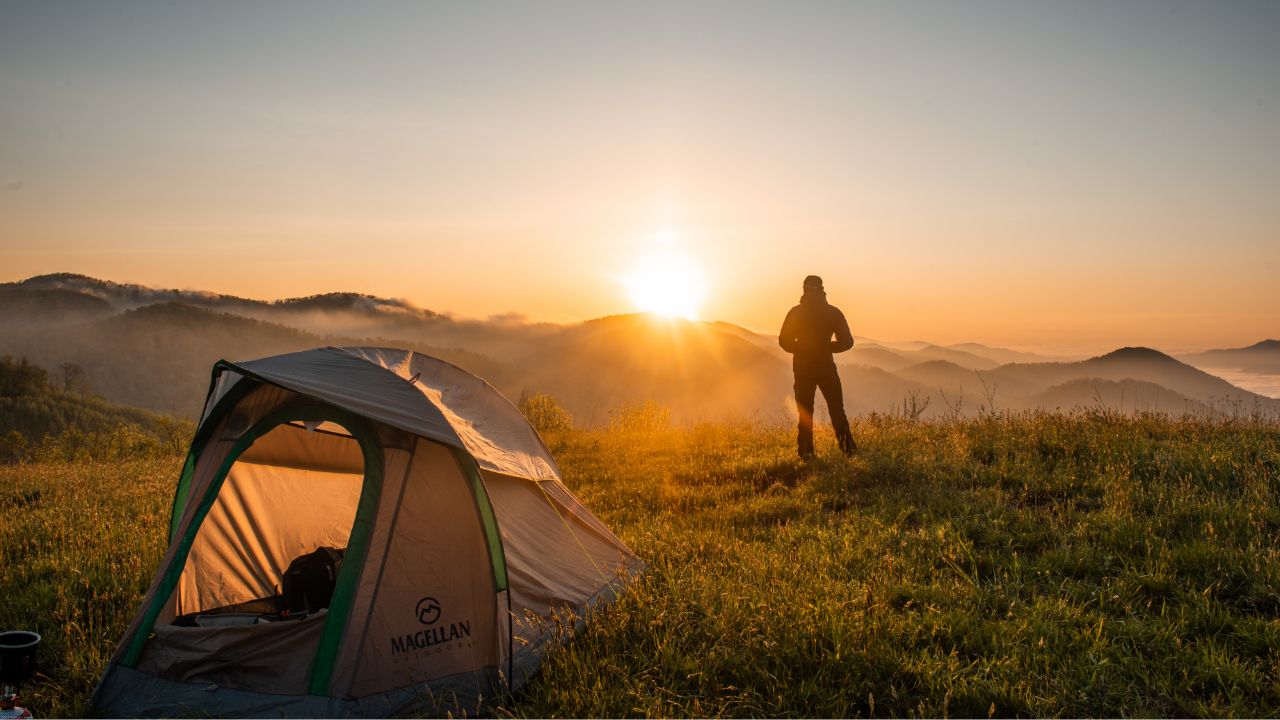

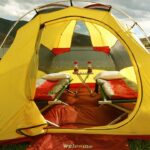
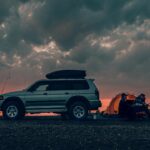

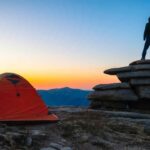
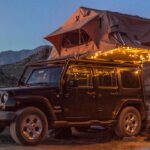

Leave a Comment